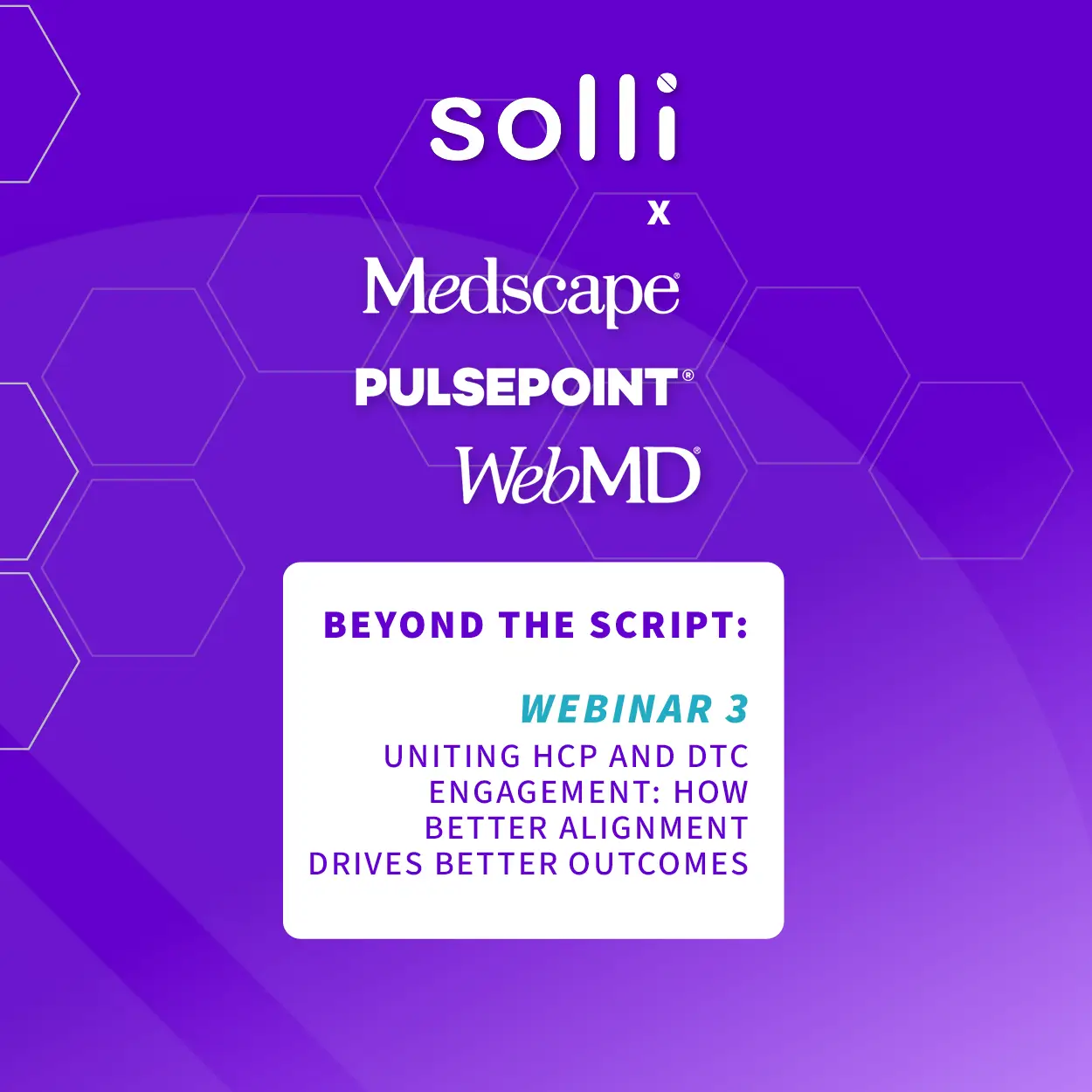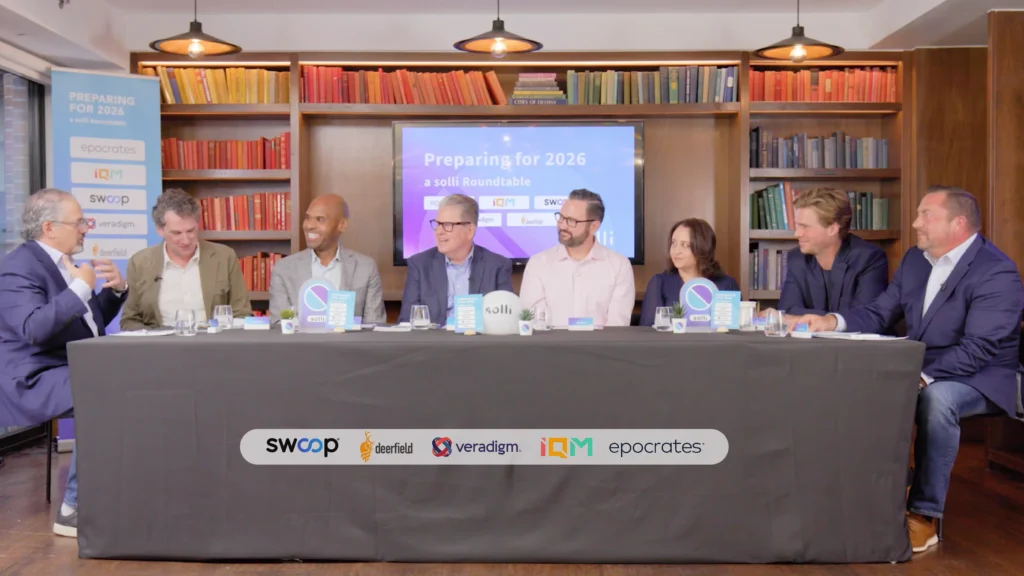Mastering the Media Boardroom
Strategies for Elevating Pharma Media in C-Suite Conversations

In the complex world of pharmaceutical marketing, conveying the significance of media investments to C-suite executives is a high-stakes endeavour fraught with the risks of budget cuts, strategic scrutiny, and even doubts about one’s professional acumen.
This article delves into effective strategies for preparing and succeeding in these critical discussions, highlighting the importance of securing and enhancing investment in paid media across the organization. Achieving success in these dialogues is not just beneficial; it’s crucial.
Challenges
- Educational Gap in Media Literacy
A significant challenge arises from the fact that few senior Pharma stakeholders possess a background in marketing, particularly in media. This lack of media literacy leads to fundamental misunderstandings about the role and impact of media within the broader marketing ecosystem. Questions about basic metrics such as impressions or the value of a <1% click-through rate (CTR) exemplify this gap. Despite efforts to educate these stakeholders, including Solli’s future training offerings, bridging this knowledge divide remains a considerable and ongoing challenge.
- Quantifying Media’s Impact on Business Outcomes
Another major hurdle is the difficulty in establishing a direct, quantifiable link between media spend and positive business outcomes. While it’s straightforward to justify media investments when there’s a clear, direct correlation with improved business performance, the challenge intensifies in situations where the impact of media spend on business results is less clear or indirect. Similarly, this leaves so much of the value of media left unsaid in its impact indirectly towards business objectives. These scenarios necessitate deeper and more nuanced conversations about the value and role of media, often underlining the strategic importance of these discussions.
- No “Shiny New Object”
A distinctive challenge in showcasing media strategy to C-suite executives is the inherent lack of a “shiny new object” to present. Unlike other areas of marketing that can produce visually striking campaigns or innovative products as tangible evidence of their efforts, media strategy work is often behind the scenes, focusing on sustained engagement and the cultivation of relationships with healthcare professionals (HCPs) on a personal level. This subtlety in media’s impact contrasts sharply with the boardroom’s expectation for immediate, eye-catching demonstrations of where marketing budgets are being allocated. The challenge lies in communicating the value of these less visible, yet critically important, strategic media engagements in a way that resonates with executives accustomed to more tangible showcases of marketing success.
Tipping the odds as a team
Successful meetings with senior stakeholders are a collaborative endeavor among clients, agencies, and publishers, and should be approached with a concerted and unique thought process. We explore some below:
- Stay strategic: whilst you are proud of exceeding the CTR benchmark, this won’t take the conversation where you want it to go… the focus should be on big strategic moves, and if possible then the positive business outcomes from the media spend
- How is the media driving the strategic direction of the brand?
- What are the long-term impacts of our current media strategy on the company’s goals?
- Don’t exist in isolation: media is sometimes guilty of existing in proud isolation from its marketing peers, however this is often counter-productive in these meeting. Lean into the interconnection with creative, sales reps, events and all other forms of marketing; specifically dialling-up the critical role media plays in this ecosystem.
- Are we sharing how media connects with the wider marketing ecosystem?
- What is the multiplier effect of media being part of the wider marketing ecosystem, how does it support other marketing efforts?
- Use marketing science: move away from the micro media metrics, and base the conversation in the role of media within marketing science. Share upfront some big, key quotes from key respected business leaders on the role of media within marketing, that take the conversation away from the CTR and impression numbers and towards brand building long-term value.
- What evidence do I have that demonstrates the fundamental role of media within our marketing science framework?
- How can I use authoritative voices in the industry to reinforce the value of our media approach?

- Share the shareable: craft a single slide to share with the stakeholder that they can socialise and share across their peers. This may include key impressive metrics, screenshots, quotes, positive business outcome multipliers etc. There this nothing more rewarding for C-Suite than sharing positive stories from their teams that impact the business.
- How can I present our media achievements in a visually engaging and easily digestible format for non-marketing executives?
- Is this content easily shareable across senior peers, and achieve the results we want without voiceover?
- Confidence breeds confidence: approach these meetings from a position of confidence, whilst not hiding any underperformance. Be proud of the role of media, extol the virtues of the medium, the campaign, and any quotes you may have that back this up.
- Are we confidently projecting the positive power of media on the company goals?
- In what ways can I acknowledge areas for improvement without undermining the overall success of our media strategy?
- Check for lost sheep: keep checking in on the senior stakeholder during the course of the explanation. Once you lose a sheep and don’t check in on it, it will wonder in its mind and the value of your presentation will be forgotten or lost.
- How regularly should I check in with my audience to ensure they are following and engaged with the presentation?
- What strategies can I use to bring back the focus if I sense we’re losing the interest or understanding of the stakeholders?
- Plan for simple direct questions: it will never cease to amaze the questions that come from these meetings. Be prepared for questions that you had as assumed knowledge, and always seek to take your answers to the positive business outcomes.
- What potential questions could the C-suite have about our media strategy, and how can I prepare comprehensive yet concise responses?
- How can I ensure that my answers always tie back to demonstrating the positive impact on business outcomes?
There will never be such a things as a typical C-Suite meeting, there will always be surprises, however recognising trends and preparing for these meetings in the right way may tip the odds in your favour.
If you have stories from the C-Suite boardroom that you would like to share with solli, then please do get in touch here.




























